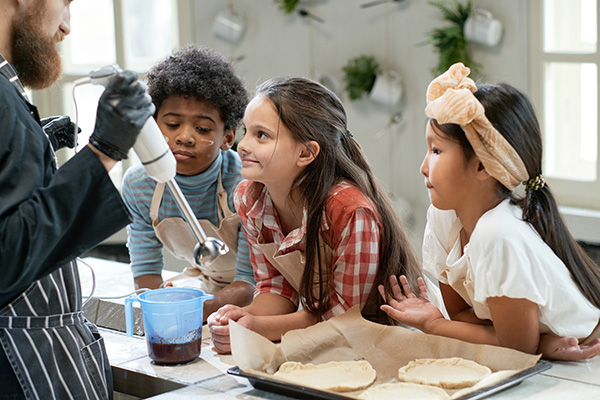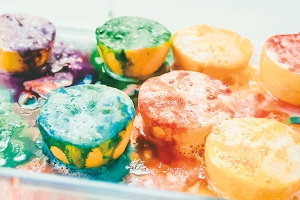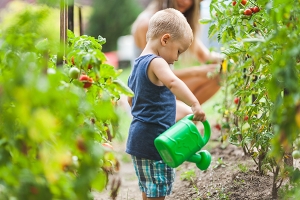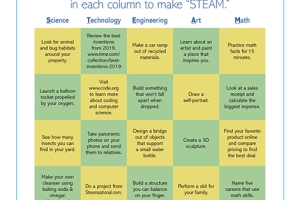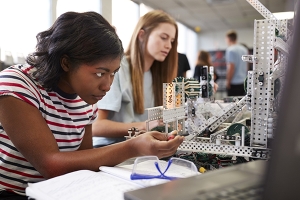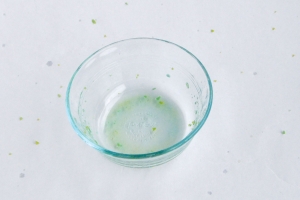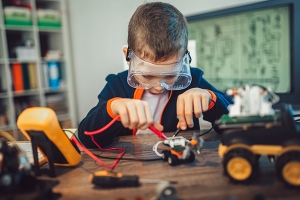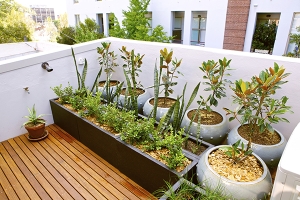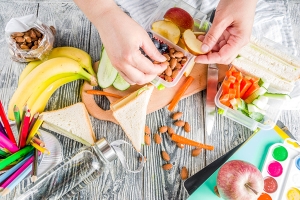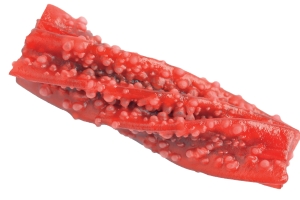
Abracadabra! Did you know that June 12 is National Magic Day? Why not celebrate by putting together a magic show full of science trickery. After all, many magic tricks and illusions are based on scientific phenomena. Here is a simple science trick to get you started.
Materials:
pie pan (or other shallow dish)
water
liquid soap
black pepper
To Do:
1.) Fill the pan approximately half full with water.
2.) Place the pan on a flat surface.
3.) Evenly sprinkle a layer of pepper across the surface of the water.
4.) Carefully dip your finger into the pepper and water. What happens?
5.) Now, place a drop of soap on a different finger and dip the finger into the pepper and water. What do you notice?
Now Try This:
Try the trick again but substitute flour or baby powder for the pepper. Do you get the same result? What happens if you use a soap-covered toothpick in place of your finger?
When you perform this activity as a magic trick, you should put the dish soap on your finger ahead of time. Ask a friend or family member to place his finger in the pan of pepper and water. When nothing happens, explain that the pepper only responds to people who have a magic touch. After saying a few magic words, place your soap-covered finger into the pan. Your audience will be amazed when the pepper rushes to the edges of the dish. They will be even more impressed when you explain the science behind the trick.
What’s Going On?
Although the pepper appears to run away from your finger, it is actually the water that is moving. The secret behind this trick has to do with something called surface tension. Water molecules have a very strong attraction to one another and they prefer to stick together. Their strong attraction creates a thin “skin” on the surface of the water. As long as this skin remains undisturbed, the pepper floats on top of the water’s surface.
When you place your soapy finger in the pie pan, the soap decreases the surface tension in the surrounding area by breaking up the attraction between the water molecules. This causes the water to pull away from your finger, taking the pepper along for the ride.
-----------------------
Debbie DeRoma is the education manager at the Reuben H. Fleet Science Center.
